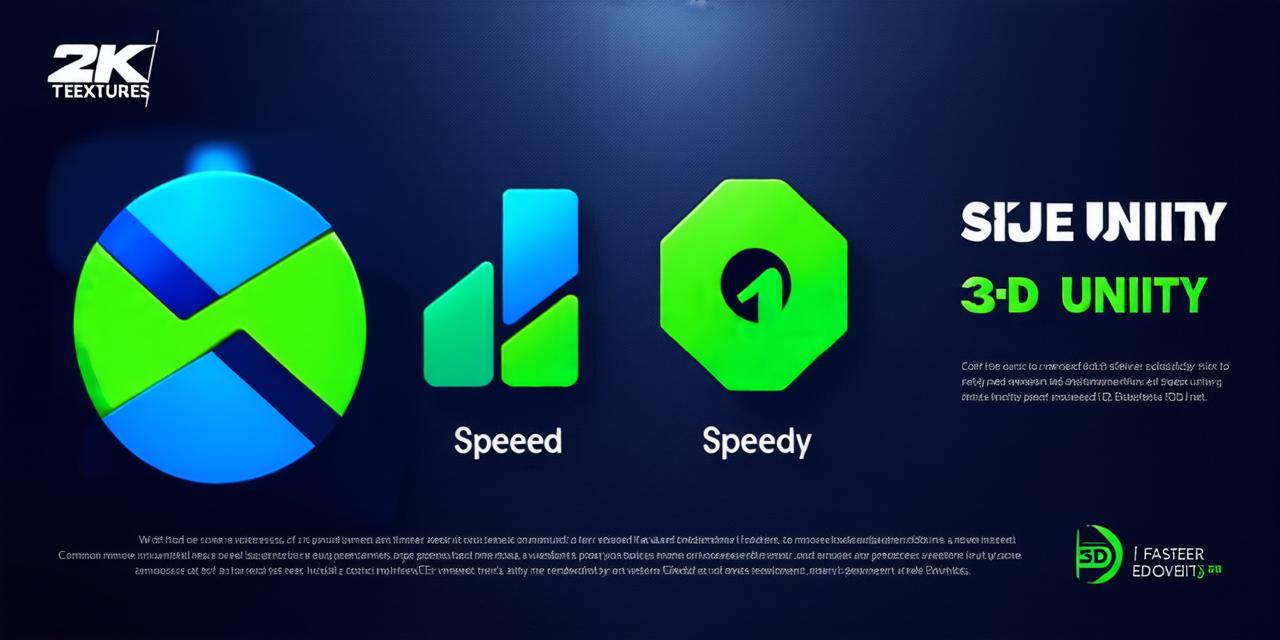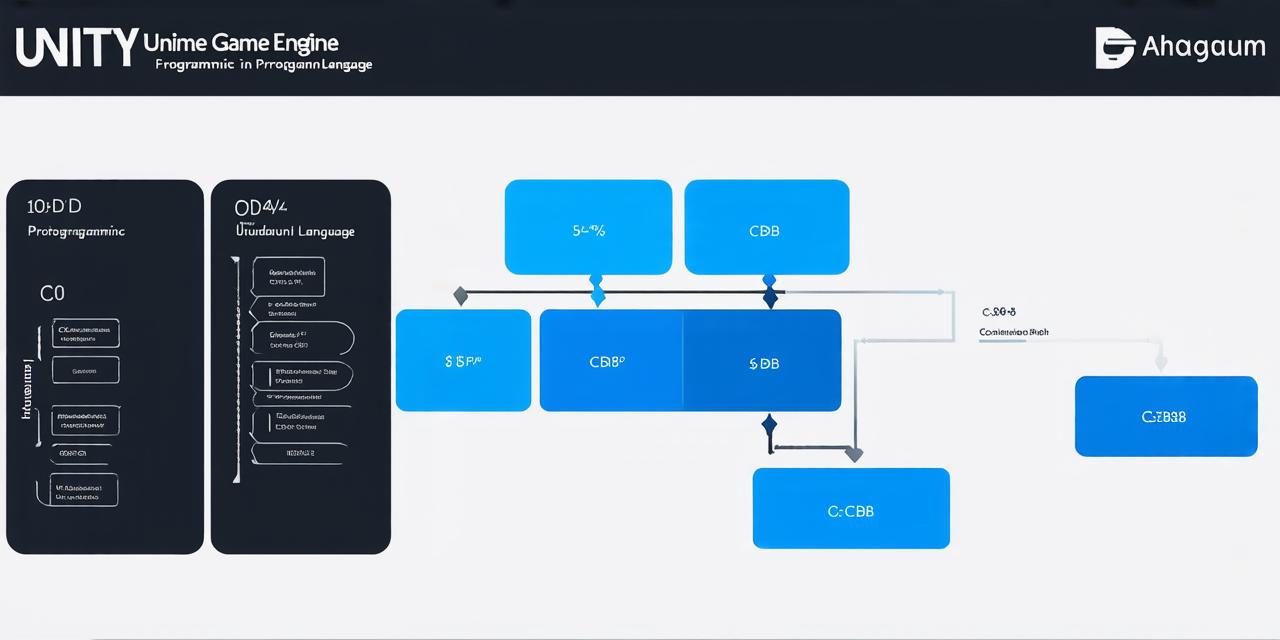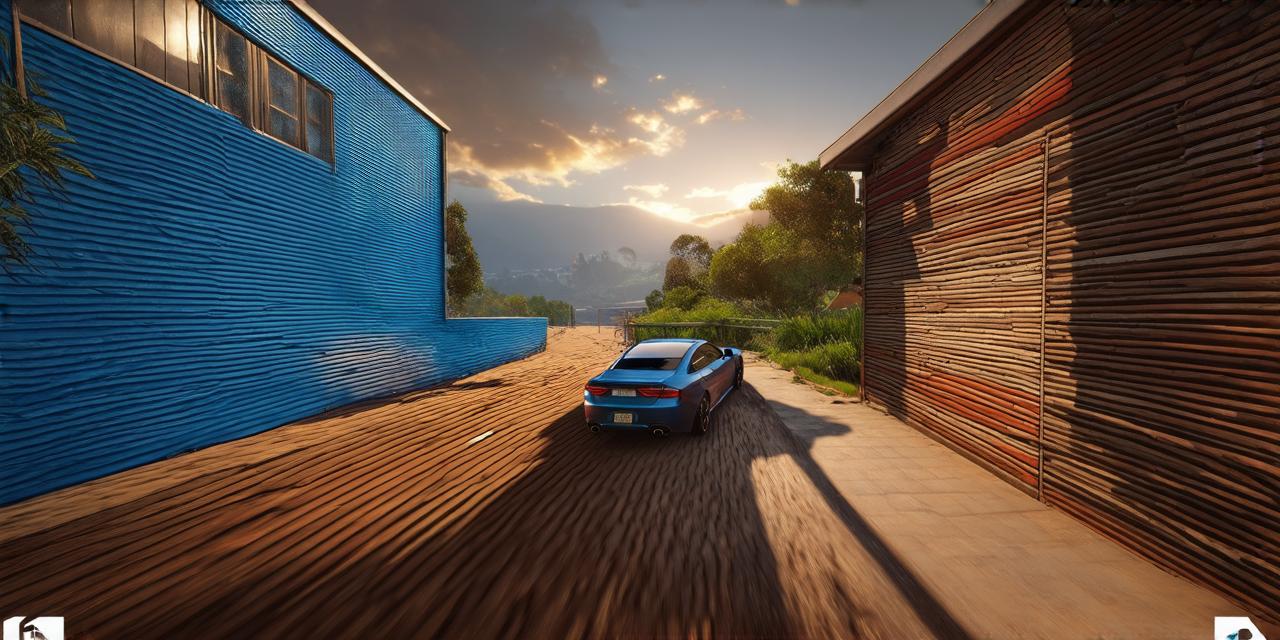Unity is a popular game engine that allows developers to create both 2D and 3D games. While both types of development have their own unique challenges and requirements, some factors can affect the speed at which a project is completed. In this article, we will explore whether 2D development in Unity is faster than 3D development.
Factors Affecting Development Speed
There are several factors that can affect the speed at which a project is developed in Unity. These include:
- Hardware Requirements
- Development Tools and Techniques
- Project Complexity
- Team Size and Experience
- Asset Library and Pre-Made Assets
Hardware Requirements
The hardware requirements for 2D and 3D development in Unity can vary significantly. 2D games typically require less processing power and memory than 3D games, making them faster to develop on lower-end machines. However, 2D games can still be resource-intensive if they involve complex animations or large amounts of data.
Development Tools and Techniques
The development tools and techniques used in 2D and 3D development can also impact the speed at which a project is completed. For example, 2D game development often involves more manual work, such as creating sprites and animations by hand, while 3D development can involve using specialized software to create complex assets.
Project Complexity
The complexity of the project itself can also affect development speed. A simple 2D game may be completed faster than a complex 3D game with many assets and features. However, a small team with experience in 2D development may still be able to complete a larger 3D project more quickly than a less experienced team working on a 2D project.
Team Size and Experience
The size and experience of the development team can also impact development speed. A larger team with experienced developers may be able to complete a project faster than a smaller team with less experience. Additionally, teams with specialized skills in 2D or 3D development may be able to complete projects more quickly than generalist teams.
Asset Library and Pre-Made Assets

The availability of pre-made assets and an asset library can also affect development speed. In 2D development, there are many pre-made sprites, animations, and other assets available that can be easily integrated into a project, reducing development time. In contrast, 3D development often requires more custom asset creation, which can take longer.
Summary
In conclusion, whether 2D development in Unity is faster than 3D development depends on several factors, including hardware requirements, development tools and techniques, project complexity, team size and experience, and the availability of pre-made assets. While 2D development may be completed faster on lower-end machines and require less manual work, larger and more experienced teams may still be able to complete 3D projects more quickly. Ultimately, the choice between 2D and 3D development in Unity will depend on the specific needs and resources of the project.




